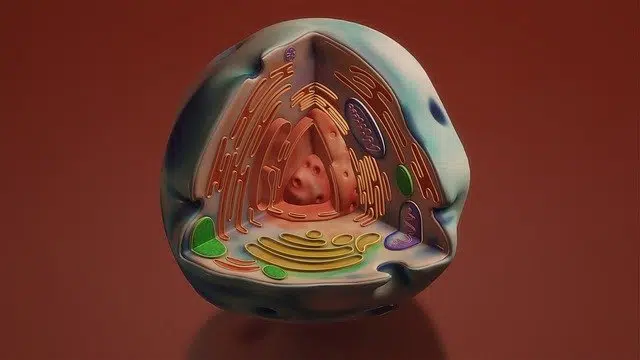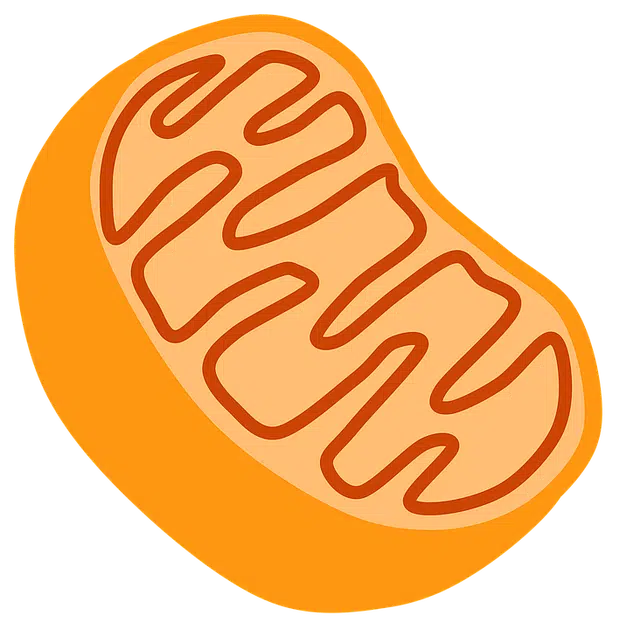
The protoplasm is the cellular region that develops between the nucleus and the plasma membrane.
The first thing we are going to do before delving into establishing the meaning of the term protoplasm is to determine its etymological origin. In this sense, we can say that it derives from Greek, from the sum of two words of that language:
– Protos , which is synonymous with “original” or “primitive”.
– Plasma , which can be translated as “figure.”
The word is considered to have been used for the first time by the writer Venancio Fortunato , around the year 600 AD, to refer to the first creation: that of man. However, the term as we understand and use it today is the work of the German biologist Hugo von Mohl . He used it for the first time in 1846 to refer to the viscous, white liquid that exists inside the cell.
Concept of protoplasm
The dictionary of the Royal Spanish Academy (RAE) mentions that protoplasm and cytoplasm are two terms that function as synonyms, referring to the area of the cell (and the organs it houses) located between the nucleus and the plasma membrane.
Biology experts, on the other hand, recognize some important differences between both notions. Protoplasm, in this sense, refers to the entire structure of the cell , including the cytoplasm and the karyoplasm (the internal environment of certain cells, which houses the nucleoli).
If we stick with this last meaning, therefore, the protoplasm encompasses the cytoplasm and the nucleus . The concept refers to the living material found in the cell, grouped into different structures. The cytoplasm, in this way, is then limited to a certain part of the protoplasm that, in eukaryotic cells, is between the plasma membrane and the nucleus.

Protoplasm and cytoplasm are synonyms.
Its components
Protoplasm is made up mostly of water . It also has carbohydrates , proteins , enzymes , lipids and electrolytes , components that allow it to develop various functions at the metabolic level.
Each of those organic substances that give shape to the protoplasm fulfill a very specific function. Thus, for example, carbohydrates are responsible for shaping cell walls and also for storing the energy that will be the primary source. While, on the other hand, proteins have the mission of playing a fundamental role in the transport of oxygen, the protection and structure of nails and hair, or accelerating the decomposition of food.
It should not be overlooked that, in addition to water, protoplasm has other important inorganic substances. This would be the case of salts, which carry out vital work in the formation of structures and as a regulator of PH.
Functions of protoplasm
It can be said that protoplasm is an organized mixture of different chemical substances that can be found as solids or dissolved in water and that are usually in a permanent process of transformation inside the cell.
Protecting the different organs of the body, acting as an energy reservoir , transporting oxygen, regulating thermal properties and promoting numerous chemical reactions are some of the tasks that protoplasm performs in the body.
